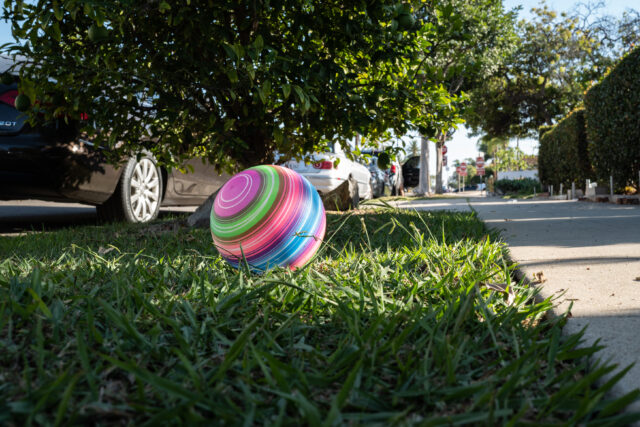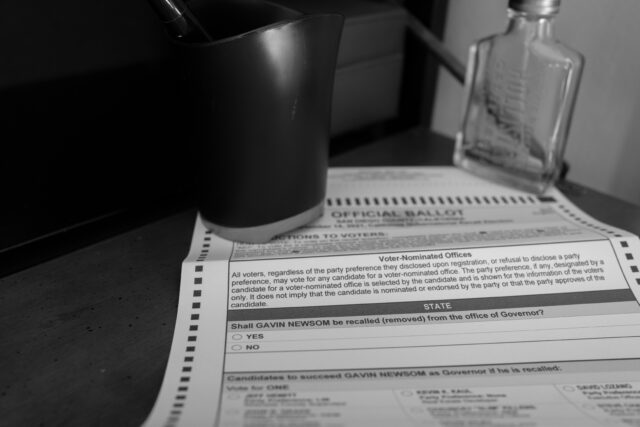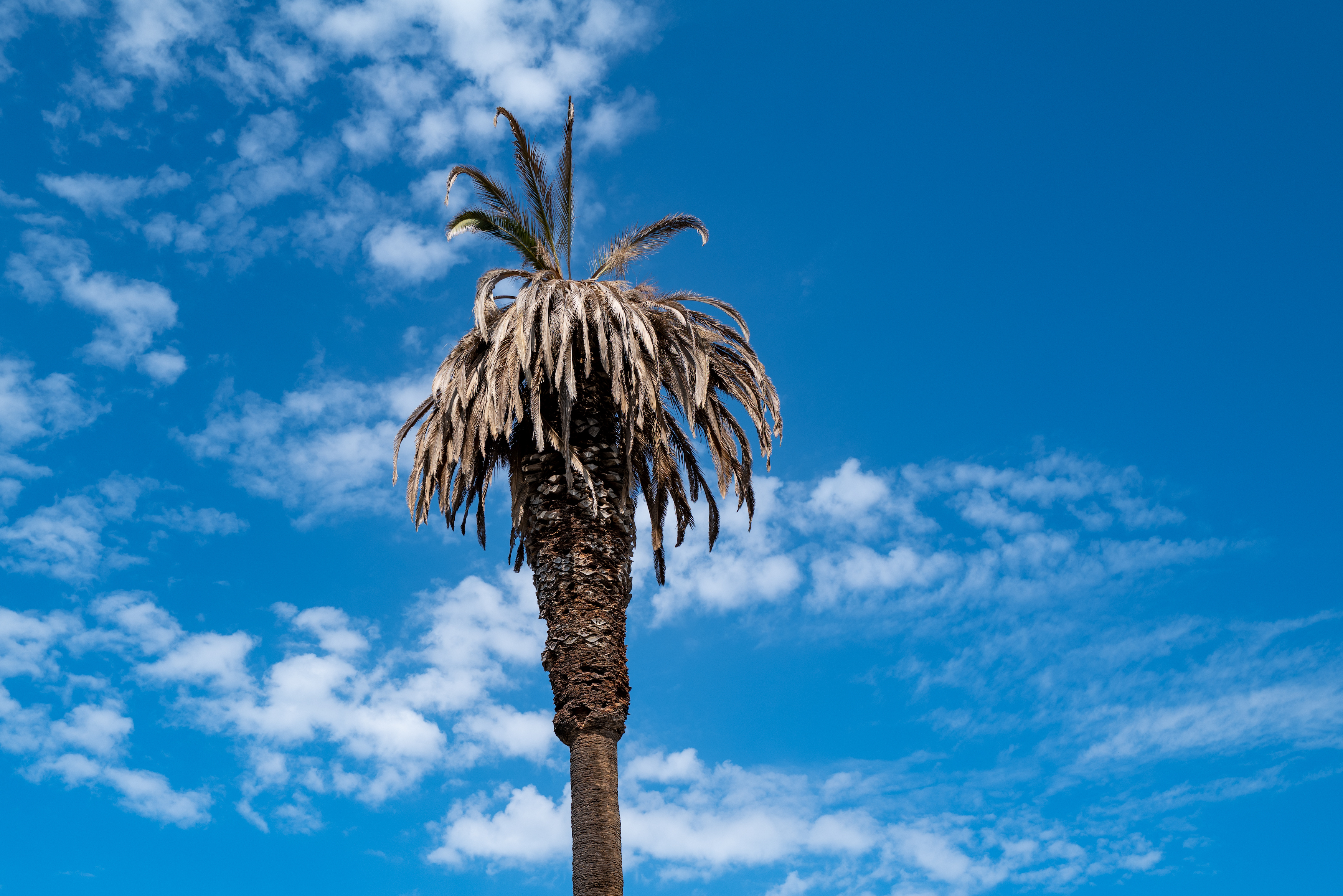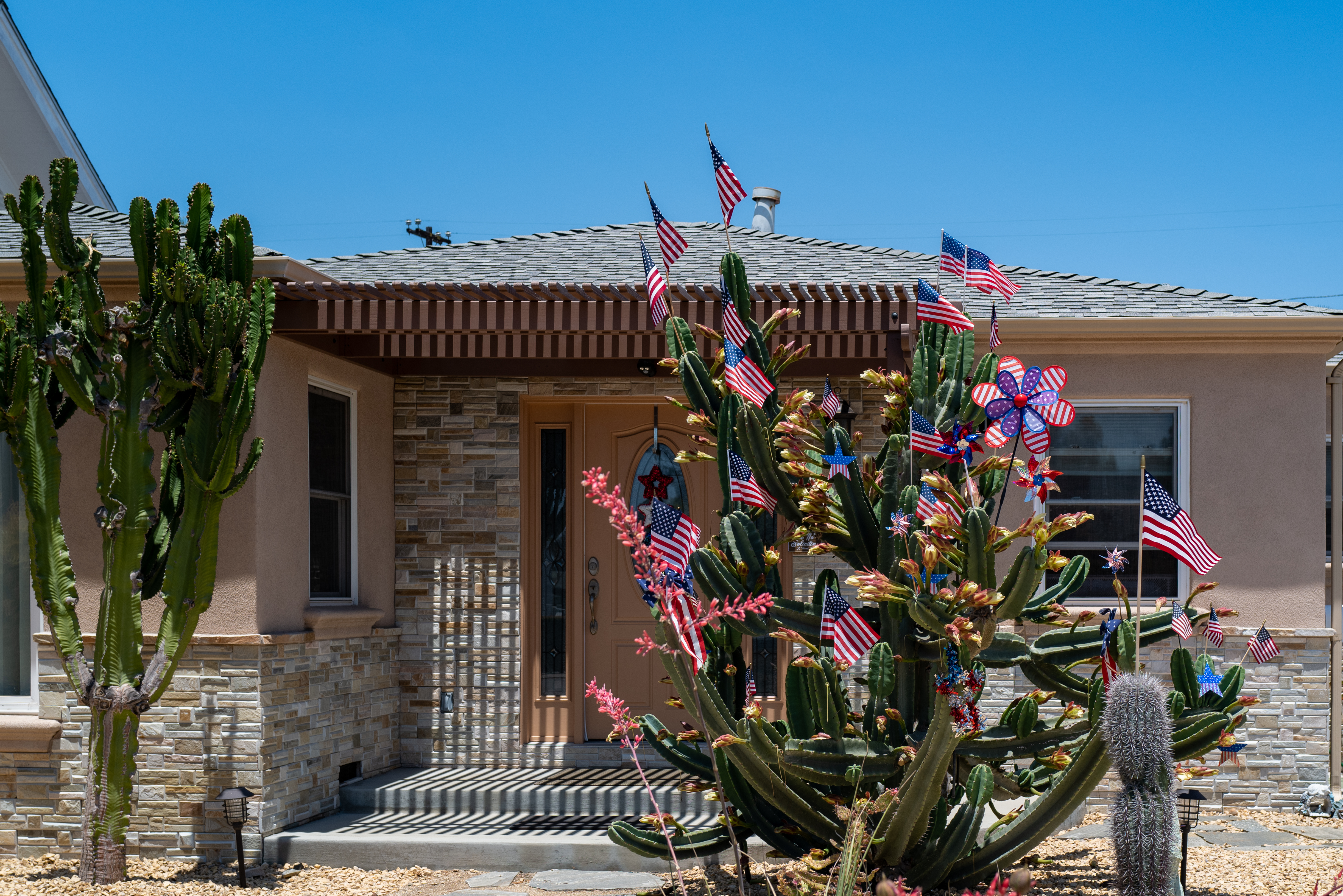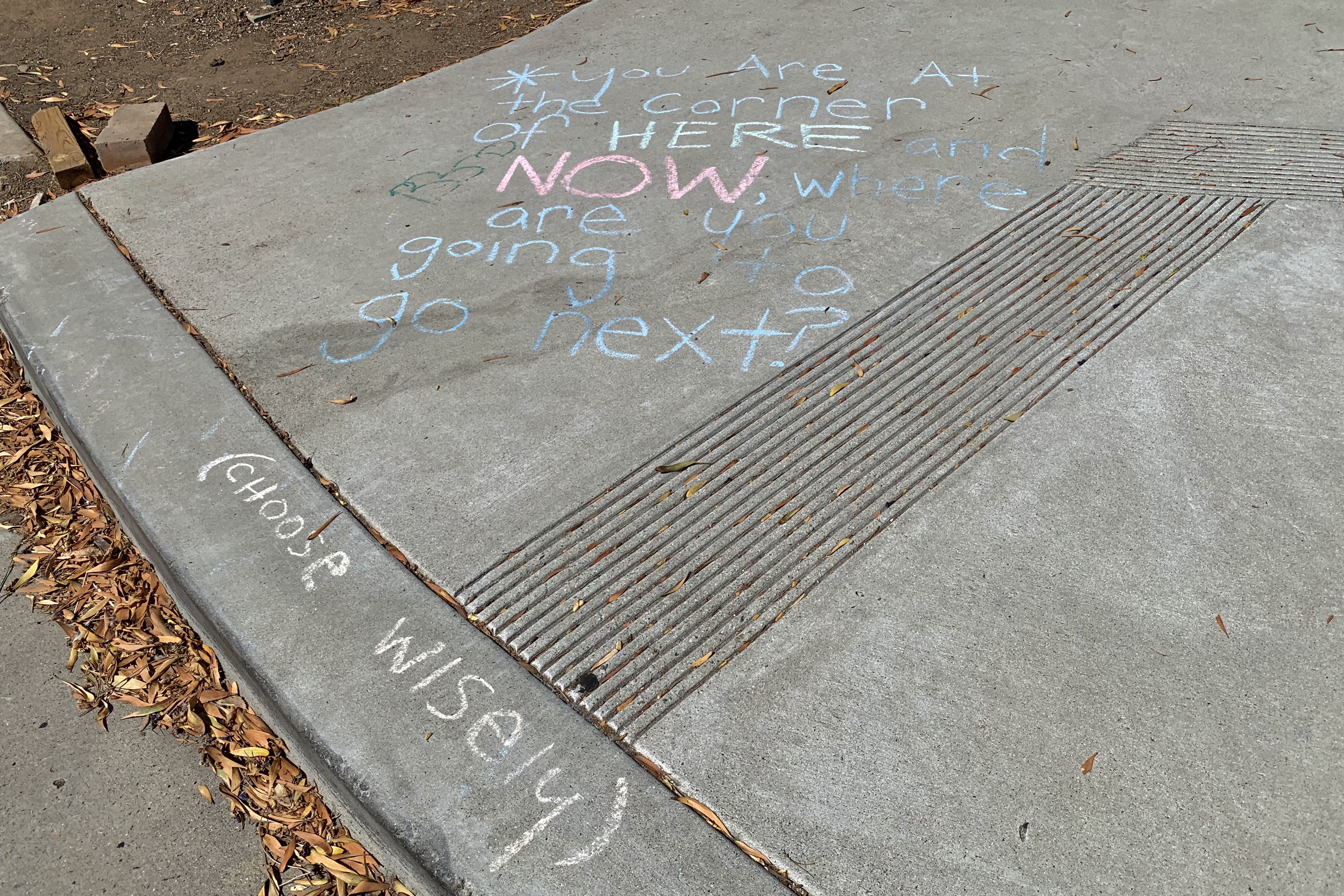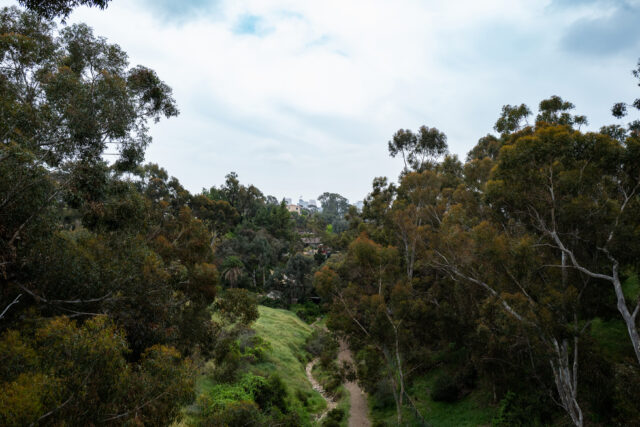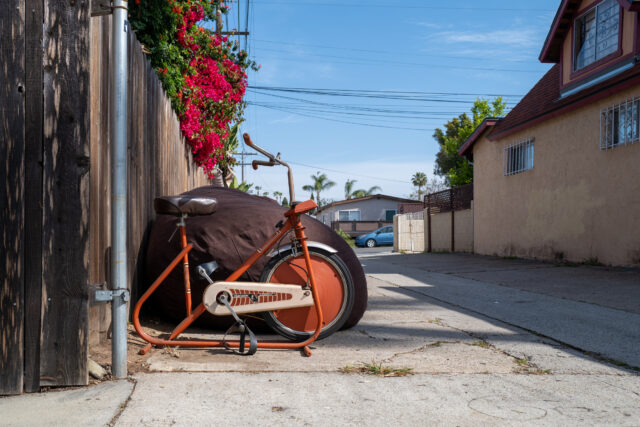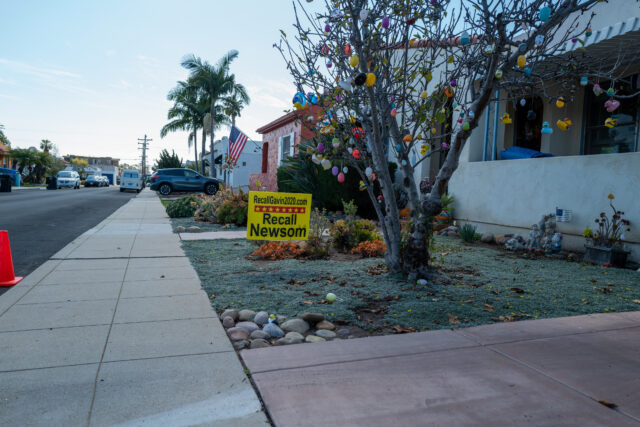I made two meaningless discoveries along Alabama Street between Madison and Mission, today: The hanging kiddie swing is gone; a child’s ball remains, but the bouncy wasn’t there yesterday. Earlier this month, toys disappeared from the front yard of the house where once lived black kitty Petri and his owner; last week a “For Rent” sign hung from the fence. So I strongly suspected that the family had moved on. Confirmed.
The ball lay on the grassy knoll between sidewalk and street before the property where once resided Giotto and where I more recently photographed Sundown. All three animals are profiled in my “Cats of University Heights” series.
